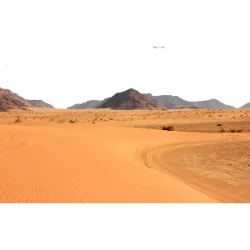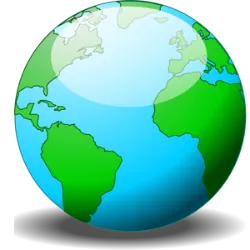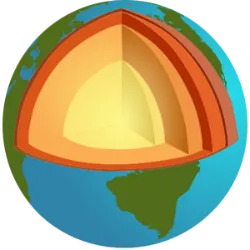Deserts and Geographic Space

Deserts are natural formations characterized by low rainfall (generally less than 250 mm/year), high temperature variation, and scarce vegetation. However, despite seeming static and inhospitable, they are also the result of the production of geographic space—that is, of the interaction between society and nature.
The production of space in deserts involves activities such as irrigated agriculture, mining, urbanization, and tourism. For example, in the Sahara Desert, there is oil and phosphate extraction; in the Middle East, intensive irrigation using advanced technology has turned arid areas into agricultural zones. In the United States, especially in the Nevada Desert, cities like Las Vegas have emerged due to major investments in infrastructure and energy.
These transformations require specific technologies, such as desalination, drip irrigation, and solar energy use. At the same time, they can cause environmental impacts, such as aquifer depletion and soil salinization.
Therefore, deserts are also dynamic geographic spaces shaped by human needs, land-use policies, and technological advances, showing the complex relationship between society and the environment.
Did you know?












